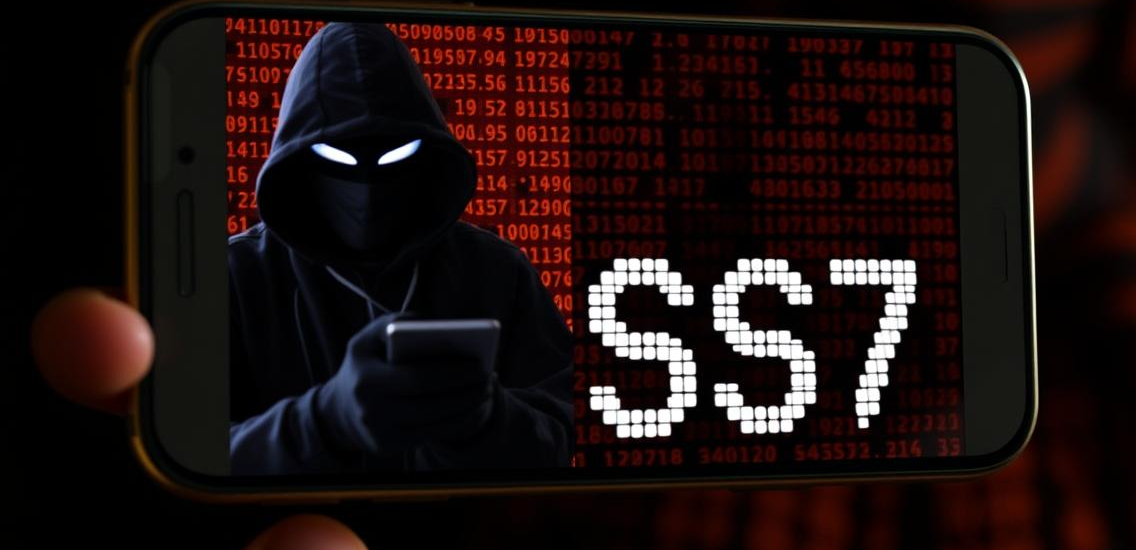The Signaling System No. 7 (SS7) protocol is a cornerstone of global telecommunications, playing an essential role since its introduction in the 1970s. Originally designed for interconnecting networks for call setup, management, and teardown, SS7 has remained instrumental in facilitating various signaling tasks. Despite its age, SS7 underpins much of today’s network infrastructures, including mobile networks, offering services such as call forwarding, SMS messaging, and number translation.
SS7’s significance lies in its utility for enabling communication between network elements, irrespective of the service provider or geographic boundaries. Its widespread adoption has ensured almost universal compatibility across different telecommunication systems. However, this widespread and persistent use of SS7 has inadvertently highlighted its aging architecture’s lack of intrinsic security measures. When SS7 was developed, the primary concerns revolved around functionality and interoperability—not security.
The vulnerabilities of SS7 began garnering attention as mobile communication evolved, and the potential for exploitation became evident. Researchers and security experts discovered that the protocol’s original design lacked robust authentication and encryption mechanisms. This absence of sufficient security controls has rendered SS7 susceptible to a variety of malicious activities, including eavesdropping, location tracking, and, pertinently, the interception of two-factor authentication (2FA) codes.
Because SS7 operates at a core level of telecommunication networks, its vulnerabilities are inherently challenging to rectify. Patching the protocol requires a systemic overhaul throughout the entire infrastructure, which is a complex task given the global scale and complexity of telecommunication systems. Consequently, many of these vulnerabilities have persisted, despite growing awareness and various mitigation efforts by the industry. The enduring presence of these flaws in SS7’s architecture makes it a ripe target for exploitation by hackers.
This foundational understanding of SS7’s historical context and its vulnerabilities sets the stage for comprehending how hackers effectively exploit these weaknesses to intercept 2FA codes, thereby posing significant risks to users’ digital security.
How Hackers Exploit SS7 to Steal 2FA Codes
The Signaling System 7 (SS7) network, a protocol suite used primarily for exchanging information across public switched telephone networks (PSTNs), is a linchpin for global telecommunications. Despite its central role in connectivity, SS7 possesses inherent vulnerabilities that hackers exploit with alarming acumen to intercept text messages, including two-factor authentication (2FA) codes. This section demystifies the step-by-step exploitation of SS7 vulnerabilities.
Firstly, the hacker needs to gain access to the SS7 network, which, regrettably, has limited security measures due to its reliance on assumed mutual trust among telecom operators. Once inside, an intruder can send a network update request, masquerading as if it originated from a legitimate mobile network operator. This deception tricks the network into rerouting the target’s text messages to a device controlled by the hacker.
Post rerouting, when a service provider sends a 2FA code to the user for verification, the message takes a detour, landing in the hacker’s possession. Concurrently, the original message can either be allowed to continue to the intended recipient, unaltered and seemingly normal, or the hacker might suppress it, leaving the user oblivious to the interception.
A tangible example of this pernicious exploit transpired during the series of German bank heists where significant sums were pilfered using SS7 vulnerabilities. In this case, hackers circumvented 2FA protections by intercepting banking codes sent via text. Similar high-profile incidents in the U.S. have highlighted telecommunications firms’ difficulties in adequately securing their networks against these sophisticated intrusions.
The technical nuances of SS7 vulnerabilities pivot around outdated trust models and a lack of encryption, giving malevolent actors a feasible opportunity to hijack communication between users and their service providers. This loophole substantiates the pressing necessity for telecom companies to fortify their networks and consider alternative, more secure authentication methods beyond SMS-based 2FA codes.
The Risks and Consequences of Compromised 2FA Codes
Two-Factor Authentication (2FA) adds an essential security layer to online accounts by requiring a second form of identity verification. However, this system is not foolproof. One of the most significant vulnerabilities lies in the Signalling System No. 7 (SS7) protocol—a critical communication protocol used by telecommunication networks globally. Exploiting SS7 vulnerabilities, cybercriminals can intercept 2FA codes, leading to severe consequences for both individuals and organizations.
For individuals, the theft of 2FA codes can result in highly unauthorized access to sensitive online accounts, such as email, banking, and social media accounts. Once cybercriminals have gained access, they can perpetuate various forms of identity theft, from unauthorized transactions to manipulating personal information. The ramifications can be severe, including financial loss, reputational damage, and emotional distress. Recovery from such breaches is often time-consuming and, in some cases, may result in irrecoverable losses.
Organizations face even graver risks. Compromised 2FA codes can lead to large-scale data breaches, exposing confidential business information, customer data, and intellectual property. Incidents of this nature can profoundly affect corporate security, leading to potential legal ramifications, financial losses, and lasting damage to business reputation. The impact of such breaches is often magnified, considering the volume of data and the potential for exploitation by malicious actors on a corporate level.
In addition to immediate financial and reputational repercussions, compromised 2FA codes can erode customer trust and lead to loss of business. Companies must therefore invest in robust cybersecurity measures to protect against such vulnerabilities, including regular security audits, employee training, and advanced encryption methods. Given the critical nature of SS7 vulnerabilities, both individuals and businesses cannot afford complacency regarding cybersecurity practices.
Ultimately, the dangers posed by the exploitation of SS7 to intercept 2FA codes highlight the necessity for continuous vigilance and proactive measures in protecting digital assets. Addressing these vulnerabilities is essential to maintaining the integrity and security of sensitive information in today’s increasingly interconnected world.
Preventive Measures and Solutions
As the vulnerabilities of the SS7 network come to light, it is crucial for individuals and organizations to adopt proactive measures to mitigate potential risks. One of the most effective strategies is to shift from SMS-based two-factor authentication (2FA) to more secure alternatives. App-based authentication methods, such as Google Authenticator or Authy, offer an additional layer of security that is not susceptible to SS7 exploits. These applications generate time-sensitive codes locally on the device, thus bypassing the vulnerabilities present in SMS-based solutions.
Beyond personal measures, organizations must bolster their overall security posture. Regular security audits and education for employees about the risks and signs of potential attacks are essential. For highly sensitive communications, encrypted messaging platforms like Signal or WhatsApp should be considered. These platforms use end-to-end encryption, making it exceedingly difficult for attackers to intercept or decipher messages.
In light of these measures, it is imperative for all stakeholders—individuals and organizations to prioritize the protection of their sensitive data even though telecom companies and governments address these vulnerabilities, hackers could be advanced enough to bypass the security measures. By adopting security practices the risks associated with SS7 can be significantly mitigated, thereby safeguarding sensitive communications and personal data.




